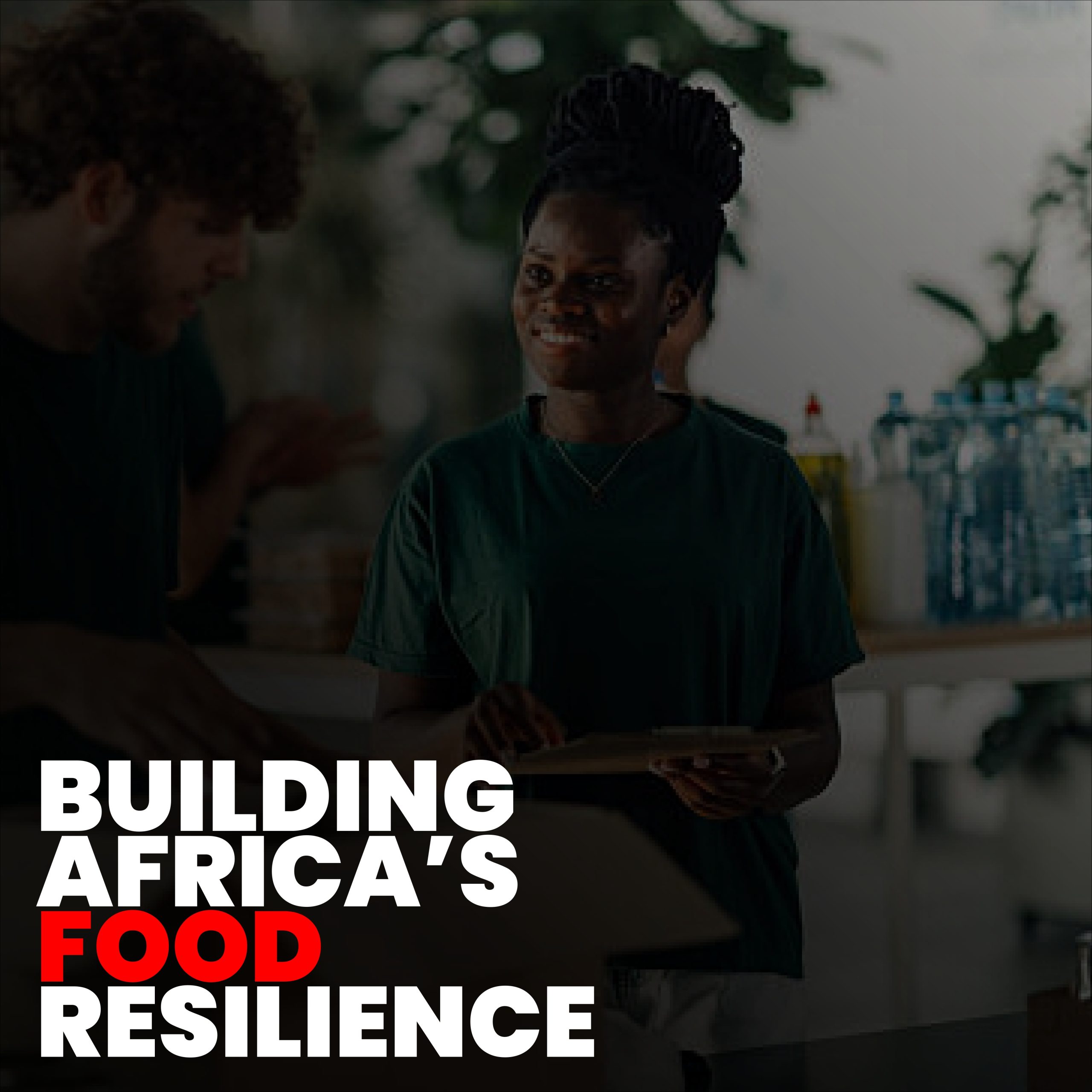Introduction
Africa food security faces both risk and opportunity. The FAO’s 19th Multidisciplinary Team (MDT) meeting in Sandton, South Africa, brought together experts, innovators, and policymakers determined to chart a new course. Over five days, participants explored practical pathways to feed a growing population under tightening climate pressure. Discussions ranged from soil and water management to data, trade, and finance. Out of these exchanges came ten strategies capable of reshaping how Africa produces, protects, and shares food—strategies that promise a more resilient and sustainable future for all.
Africa Food Security Through Climate-Smart Farming
Climate-smart farming sits at the heart of resilience. Farmers across Southern Africa are adopting drought-tolerant crops, rotating fields to restore soil, and integrating livestock with crops to recycle nutrients. FAO’s support helps adapt local practices to new weather patterns using seasonal forecasts. Demonstrations in Malawi and Namibia show higher yields with less water and lower emissions. Climate-smart farming links productivity with protection, ensuring that growth does not come at the planet’s expense—a vital building block for Africa food security.
Africa Food Security Strengthened by Efficient Water Use
Water management defines the difference between abundance and shortage. The MDT meeting showcased success stories in drip irrigation, rainwater harvesting, and watershed rehabilitation. Farmers using low-pressure systems in Botswana cut water use nearly in half while boosting yields. Reforestation around catchments slows runoff and replenishes aquifers. By integrating technology with traditional knowledge, these approaches make every drop count. Efficient water use secures both harvests and ecosystems, reinforcing Africa food security from source to table.
Africa Food Security Through Regenerative Soil Practices
Healthy soil is a farmer’s best insurance policy. Composting, cover crops, and minimum tillage restore fertility and store carbon underground. FAO experts shared data showing improved water retention and pest resistance where regenerative techniques are applied. In Zambia, community training programs teach farmers to rotate legumes and cereals, building nitrogen naturally. Over time, better soil means steadier yields and lower input costs. Regeneration moves agriculture from depletion to renewal—the essence of Africa food security.
Africa Food Security Powered by Data and Early Warning
Information saves crops before crises strike. FAO’s early-warning systems combine satellite images, rainfall data, and ground reports to anticipate stress. Governments use these alerts to adjust planting schedules and mobilize resources. At the MDT meeting, new mobile dashboards were presented to track vegetation health and market trends. When decisions rely on evidence, losses shrink and recovery accelerates. Data-driven action transforms uncertainty into readiness and gives Africa food security a predictive edge.
Africa Food Security Driven by Sustainable Trade
Regional trade keeps food moving when local harvests fail. Harmonized standards, quicker customs procedures, and improved logistics connect farmers with regional buyers. The MDT meeting underlined the need for cross-border storage and transport corridors that reduce waste. Collaborative trade platforms are helping Malawi and South Africa share grain surpluses efficiently. When borders work for farmers, price spikes ease and supply stabilizes—proof that open, fair trade is critical to Africa food security.
Africa Food Security Enhanced by Renewable Energy in Agriculture
Energy unlocks production potential. Solar pumps, biogas digesters, and wind-powered grinders replace expensive diesel and expand irrigation coverage. FAO-supported projects in Mozambique show how solar cold rooms cut post-harvest losses for perishables. Cleaner energy also lowers carbon footprints and powers processing enterprises run by cooperatives. The link between energy and food is direct: without electricity, there is no storage or milling. Renewable power keeps the chain strong and sustainable, lighting the path to Africa food security.
Africa Food Security Supported by Women Farmers and Entrepreneurs
Women produce most of Africa’s food, yet often lack land rights and finance. The FAO meeting urged inclusive policies that empower women to lead cooperatives and access credit. In Lesotho and Tanzania, mentorship programs train women in agribusiness management and technology use. When women control resources, entire households benefit through improved nutrition and education. Gender equality is not only fair—it is fundamental for durable Africa food security.
Africa Food Security Strengthened by Youth-Led Innovation
The continent’s youth are turning agriculture into a technology frontier. Young agripreneurs are developing drone mapping, hydroponic systems, and agri-market apps that cut middlemen. FAO’s innovation labs nurture these startups with mentorship and seed grants. Youth networks across Eswatini and Zambia exchange ideas online, proving that agriculture can be cool, connected, and competitive. Investing in young innovators ensures continuity and creativity in Africa food security initiatives for generations ahead.
Africa Food Security Through Public–Private Investment
Investment partnerships scale solutions faster. Governments set enabling rules, while private companies provide technology and logistics. Blended-finance models share risk and reward. Examples discussed at the MDT meeting include seed production ventures in Mozambique and cold-chain projects funded jointly by FAO and regional banks. By combining policy backing with commercial discipline, these collaborations create stable supply chains and new jobs—key drivers of Africa food security.
Africa Food Security Backed by Nutrition-Sensitive Policies
Calories alone are not enough; nutrition matters. FAO promotes diversified diets through community gardens, school-meal programs, and local fortification of staples. Linking farmers to institutional buyers such as hospitals and schools strengthens local economies. Governments are integrating nutrition goals into agricultural policy to fight hidden hunger. When diets become more balanced and food safer, communities grow stronger. Nutrition-sensitive planning ensures that Africa food security feeds both body and future.
FAQs
Why focus on resilience in Africa food security?
Because climate volatility and market shocks are increasing, making resilience essential to protect production and livelihoods.
How does FAO’s MDT meeting advance Africa food security?
It unites experts and policymakers to test, scale, and finance practical solutions that safeguard food supply and environment together.
Which strategies can countries adopt first?
Water efficiency, soil regeneration, and data-based planning deliver quick, affordable wins for regional food stability.
Conclusion
The FAO’s 19th MDT meeting proved that resilience is not a slogan—it is a strategy. Through smarter farming, cleaner energy, inclusive finance, and fair trade, Africa food security is being rebuilt on stronger foundations. The continent’s farmers, youth, and policy makers are showing that adaptation and innovation can go hand in hand. With cooperation and steady investment, Africa can secure its food systems against tomorrow’s uncertainty and harvest confidence for the generations to come.




